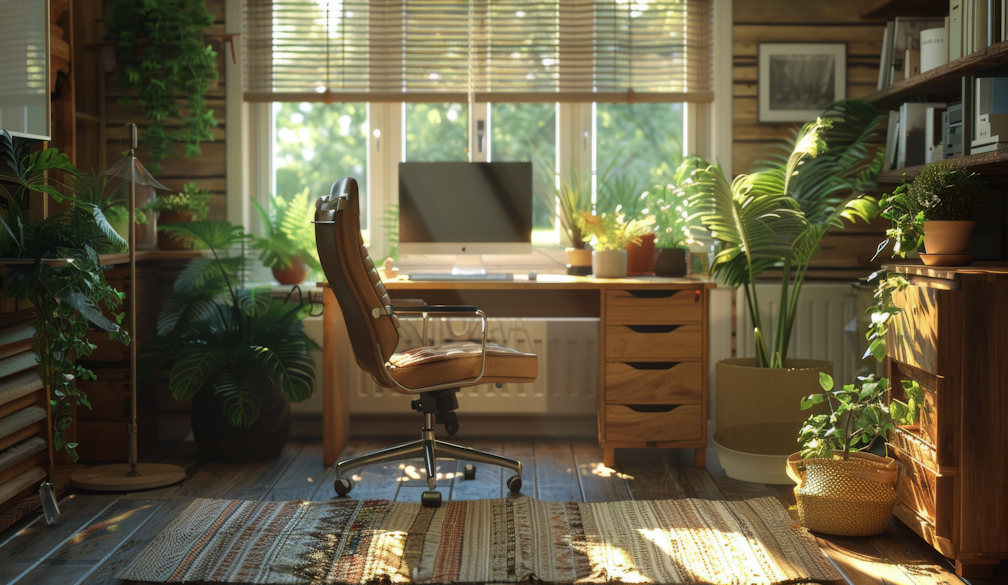How to Set up a Comfortable Ergonomic Home Office (Without Turning into a Pretzel)

Let’s face it: working from home can be a game-changer—freedom, flexibility, and let’s not forget, attending Zoom meetings in pajama bottoms. But there’s a darker side to this cozy setup: the dreaded office syndrome. Picture this: you’re glued to your desk for hours, and before you know it, your body starts sending "help me" signals—tight shoulders, stiff neck, and a lower back that's plotting its revenge. Sounds familiar?
What is Office Syndrome?
Before you start imagining a mysterious new illness, let’s clarify. Office syndrome, also known as sick building syndrome, refers to a range of musculoskeletal issues that arise from prolonged sitting, poor posture, and repetitive movements. Whether short-term or long-term, it can have negative effects on your health and productivity. Think about it—those nagging headaches and aching wrists aren’t just random annoyances; they’re your body’s way of telling you that something needs to change. Office syndrome is real, folks, and it’s not going away unless you do something about it.
Enter ergonomics—the superhero you never knew you needed. Ergonomics is the science of designing your workspace to fit you, not the other way around. It’s about arranging your desk, chair, and gadgets in a way that keeps your body comfortable and your mind sharp.
The Ergonomic Formula for a Happy Home Office
Step one in avoiding office syndrome? Ditch that dining chair you’ve been calling an office chair. You need something with lumbar support, adjustable height, and enough cushion to keep you from feeling like you’re sitting on a rock. Your back will thank you.
Next, let’s talk about desk height. Ideally, your elbows should be at a 90-degree angle when typing, and your computer screen should be at eye level. Not sure if you’ve nailed it? A quick ergonomic assessment can help you fine-tune your setup. And hey, if you're feeling extra fancy, throw in a footrest.
Don't forget to keep your wrists happy with an ergonomic keyboard and mouse. They’re designed to prevent strain, so you won’t end up with claws for hands.
Also, lighting matters. Natural light is your best friend, but if your workspace is in a cave (or basement), invest in a desk lamp with adjustable brightness.
The Power of Short Breaks and Healthy Habits
Now, before you rush off to turn your home office into an ergonomic utopia, remember ergonomics is only part of the equation. You also need to stand up, stretch, and take short breaks every hour. Walk around, do a quick yoga pose, or grab a snack (preferably something healthier than leftover pizza). Pair all this with regular exercise, and you're golden.
An ergonomic setup is like having the best gear for a marathon—it won’t run the race for you, but it’ll help you go the distance. Combine it with good habits, and your body will be as happy as your productivity levels.
And for those days when your home office just isn’t cutting it, consider trying out a coworking space. They’re designed to provide ergonomic workstations and a change of scenery, which is great for your mental and physical health. You can explore more options at Coworker, and if you happen to be looking for Sydney coworking spaces, they’ve got you covered.
So, set up that ergonomic home office, take care of yourself, and watch your productivity soar—just don’t forget to get up and move every now and then. You’ve got this!
-----------------------------------------------------------------------------------------------------------------------------
Image provided by Vecteezy.com
Bed Stock photos by Vecteezy